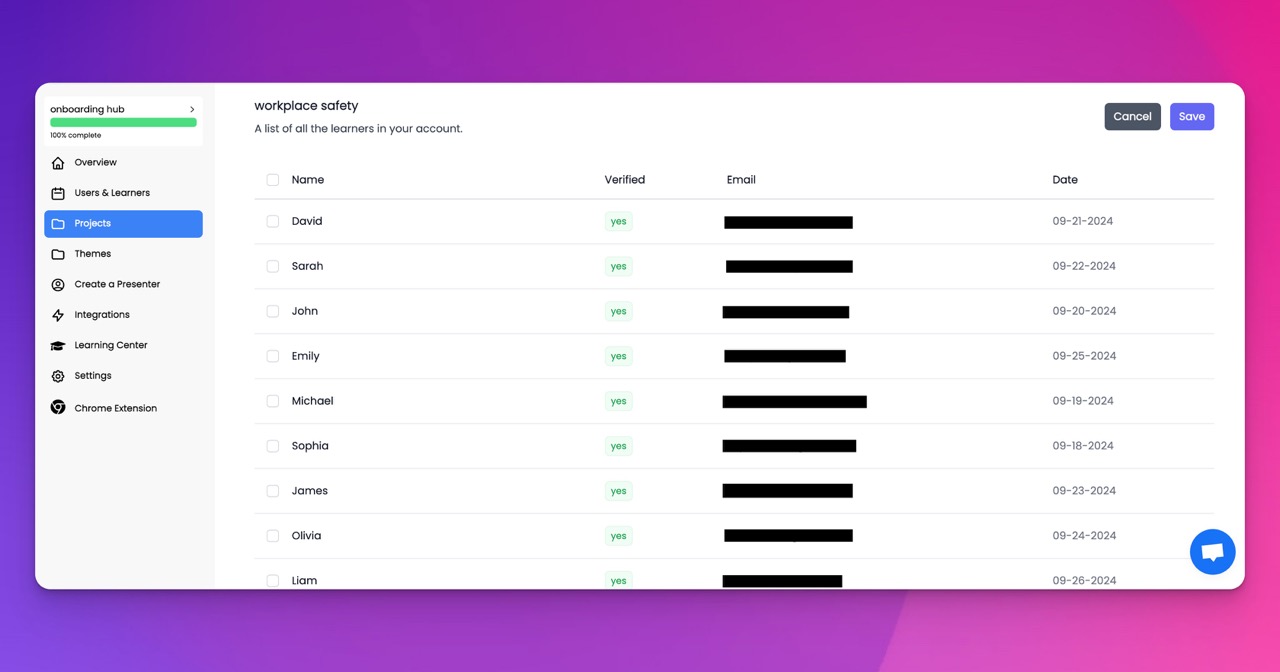🎉 Trainday now integrates with Zendesk and Hubspot 🎉 Trainday now integrates with Zendesk and Hubspot 🎉 Trainday now integrates with Zendesk and Hubspot
🎉 Trainday now integrates with Zendesk and Hubspot
🎉 Trainday now integrates with Zendesk and Hubspot
Contact
Physical Rehabilitation Clinic
Maximizing the Impact of Call to Actions in Physical Rehabilitation Clinic Explainer Videos
Maximizing the Impact of Call to Actions in Physical Rehabilitation Clinic Explainer Videos
In today's digital age, explainer videos have become a powerful tool for businesses, including physical rehabilitation clinics, to engage and educate their audience. These videos not only showcase their services and expertise but also provide an opportunity to prompt viewers to take action. One crucial element in any explainer video is the call to action (CTA). This blog post will delve into the significance of CTAs in physical rehabilitation clinic explainer videos and provide tips on how to maximize their impact.
1. Understanding the Purpose of Call to Actions:
A call to action is a prompt or instruction that encourages viewers to take a specific action after watching an explainer video. In the context of physical rehabilitation clinics, the primary goals of CTAs are to convert viewers into potential patients and encourage them to book an appointment or learn more about the clinic's services.
2. Importance of Strategic Placement:
To maximize the impact of CTAs, it is crucial to strategically place them within the explainer videos. Placing CTAs at the end of the video allows viewers to absorb the information before being prompted to take action. However, incorporating subtle CTAs throughout the video, such as displaying contact information or inviting viewers to explore the website, can also be effective.
3. Crafting Compelling and Actionable CTAs:
To make CTAs stand out and resonate with viewers, they should be compelling and actionable. Using action verbs like "Book an Appointment," "Schedule a Consultation," or "Contact Us Today" can create a sense of urgency and motivate viewers to take immediate action. Additionally, incorporating incentives like free consultations or special offers can further entice potential patients.
4. Utilizing Visual Cues and Graphics:
Including visual cues and graphics in explainer videos can significantly enhance CTAs' impact. For instance, highlighting the CTA with bold colors, animations, or arrows can draw viewers' attention to the desired action. Furthermore, displaying testimonials, before-and-after images, or success stories can reinforce the credibility of the clinic and further encourage viewers to engage with the CTA.
5. Optimizing for Mobile Devices:
With the increasing use of smartphones and tablets, it is crucial to optimize explainer videos and CTAs for mobile devices. Ensuring that the video is easily viewable and the CTA buttons are accessible and responsive on mobile screens can prevent potential patients from getting frustrated and abandoning the process.
6. Tracking and Analyzing Results:
To measure the effectiveness of CTAs in physical rehabilitation clinic explainer videos, it is essential to track and analyze the results. Utilizing analytics tools to monitor click-through rates, conversions, and engagement levels can provide valuable insights into which CTAs are generating the most interest and driving the desired actions. Based on this data, adjustments can be made to improve future explainer videos and CTAs.
Conclusion:
Call to actions play a vital role in physical rehabilitation clinic explainer videos, providing the opportunity to convert viewers into potential patients. By strategically placing compelling and actionable CTAs, utilizing visual cues, optimizing for mobile devices, and tracking results, clinics can maximize the impact of their explainer videos and effectively drive potential patients to take action. Remember, a well-crafted CTA can be the catalyst that transforms a viewer into a loyal patient.
Accelerate Compliance.
Deliver OSHA-Ready Courses Instantly.
Empower your team with data-driven training solutions tailored to your industry's safety standards. Stay compliant, reduce risks, and boost productivity with AI-powered course creation.
